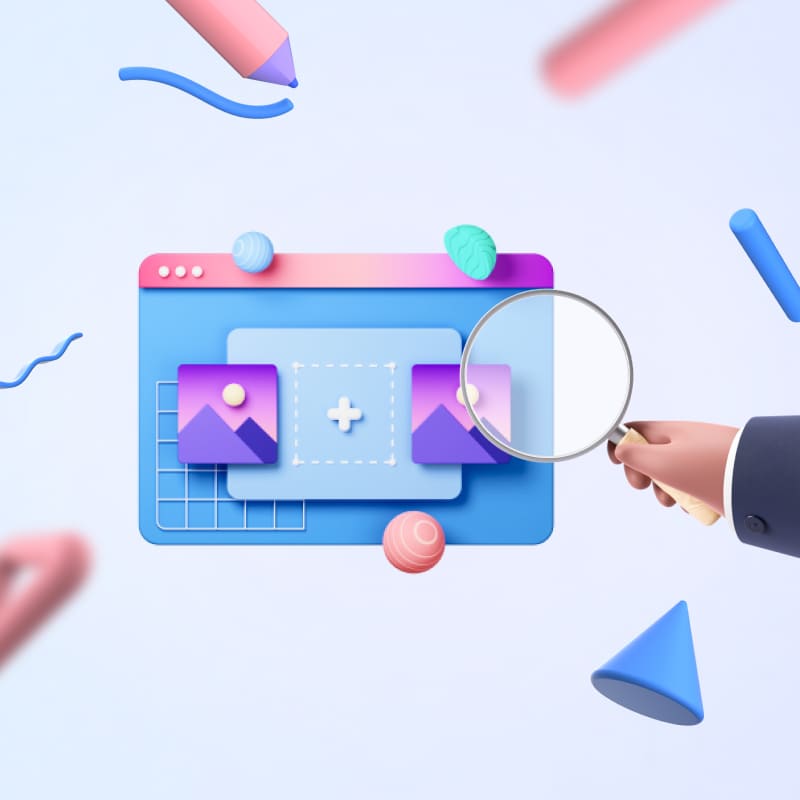
The most common use of an LMS is for managing and administering internal training and learning in the corporate environment. However, your LMS can do more than that. As more organisations embrace the use of learning management systems, it is pertinent to optimise the full potential of LMS.
Beyond using it as a learning and development tool, your LMS can be a valuable enhancement to your overall human resources function.
In your search for a learning platform for your organisation, it is essential to ensure that your platform of choice offers you more than just online learning. It should support your learning and development team and your entire human resource system. After all, learning and development is a part of the human resource function, so it follows that your LMS should include an HR integration that makes it part of the human resource ecosystem.
Contents
What are the key benefits of an LMS for learning and development?
Accessibility
Tracking
Efficiency
Who needs to be on your learning management implementation team?
Roles of Learning and Development in HR
Why you need to integrate your LMS with your HR system
How to successfully implement an LMS in your organisation
Step 1 – Designate an LMS implementation team
Step 2 – Outline an LMS implementation plan
Step 3 – Configure your LMS
Step 4 – Develop your content
Step 5 – Test your LMS
Step 6 – Launch your LMS
Step 7 – Evaluate and monitor
Conclusion
What are the Key Benefits of an LMS for Learning and Development?
To start with, within its home team, here is an overview of the benefits that an LMS earns your learning and development function in your organisation.
Accessibility
By hosting all of your learning and training content within the platform, courses and data are accessible across geographical boundaries in various formats, browsers, desktops, mobile or within an app. This makes course creation, modification and learning access convenient for all users of the LMS.
Tracking
Learner progress can be tracked easily along with a bird’s eye view of ongoing learning in general. Course favourability or otherwise, as well as learner feedback, can also be tracked to feedback into enhancing courses and learner experience.
Efficiency
By saving administrative costs and time, the learning and development function operates efficiently and is seen as more than a cost centre from a corporate perspective. Training, travel, stationery, printing and the hiring of specialists or consultants to facilitate training are substantially reduced or cut out.
Who Needs to Be on Your Learning Management Implementation Team?
The team behind the implementation of your LMS is as important as the choice of an LMS you decide to go with. Without the representation of these on the LMS implementation team, you might experience challenges further down in the process. Your LMS implementation team should have:
1. Project Manager
This is preferably someone from your IT team who will oversee such things as ensuring seamless integration of the LMS with your organisation’s technology systems. Different areas of IT will need to fuse seamlessly with your LMS, so you may have more than one IT representative on the team.
2. HR representative
An experienced member of the HR team should be on board to work out the HR functions that will plug into the LMS and facilitate the migration of HR data to the LMS.
3. Brand Communications/Marketing Representative
Keeping the LMS in alignment with the brand standards and guidelines of your organisation is important. The look and feel of the LMS should align with your brand and having someone to represent this perspective is vital so that the LMS does not stray from the brand.
4. CRM representative
They will help ensure that the needs of customers who may be using the LMS are accounted for. This is usually relevant when your organisation provides training to its customers or if your organisation is a training facility or provider.
5. Learning and Development Managers
Since this is the primary tool of the L&D team, several members of the team will form the majority of the implementation team to take ownership of the project. There will be many core responsibilities that the team will need to take up, and they will mainly reside in the L&D function.
Roles of Learning and Development in HR
The learning and development team operates with a focus on bringing a robust feel to your human resources function. Enabling new employees by inducting them into organisational culture and training them on products, policies, and software rests with the L&D team. This crucial make or break point in getting them settled in the system should be delicately and appropriately handled by an experienced team.
Acquisition of individuals that fit in, is just the start of building the right team or teams within your organisation. Upskilling, reskilling, and equipping the team to perform and deliver are vital to organisational success and workforce retention.
Identifying skill gaps and promoting career mapping are other functions that L&D facilitate within human resource management. Additionally, the succession planning function of HR is led by the L&D function by identifying and supporting the trajectory of potential leaders within the organisation as they grow through the ranks.
Why You Need to Integrate Your LMS with Your HR System
The synergy of your LMS and your HR management system is the technical translation of the relationship of your L&D team within your human resource function. First, with your LMS integrated with your HR management system, your talent portfolio is stored in a single accurate and updated database which entails all the relevant details of employees.
Trends and correlations between the activities of employees and their progress within the organisation can be easily identified, and analysis of such can be used to feed management decision-making. This integration may also support a higher degree of engagement by learners within the organisation. An organised, compact, and cohesive view of learner profiles, learning paths and career paths may induce self-motivated training and learning by employees and promote a more learning-focused workforce.
How to Successfully Implement an LMS in Your Organisation
Consider the following steps when implementing an LMS in your organisation:
Step 1 – Designate an LMS Implementation Team
Besides the team described above, you may have other individuals such as content authors and other professionals on the team or collaborators that need to be part of the implementation team. Including them early on in the process will create a sense of ownership and adoption even before the official go live date.
Step 2 – Outline an LMS Implementation Plan
The team should decide on the LMS to use and set goals and a schedule for implementation. A strategy to introduce the LMS and provision for contingency should also be made.
Step 3 – Configure Your LMS
Work out configuration with your LMS vendor of choice, ensuring compatibility with your legacy systems and customisation of the LMS to your IT system. The structure of the LMS, including the learning tools and other plugins, should also be sorted out.
Step 4 – Develop Your Content
Content creation or acquisition comes next and should be done in consideration of whatever existing content the organisation has. The implementation plan will guide at this stage on conversion necessary and formats to be retained or archived. A variety of formats gives a richer learning experience.
Step 5 – Test Your LMS
Testing goes beyond the ability of the system to function on its own; other aspects such as compliance and compatibility with your organisation’s technology, security, and legal standards should be checked. User experience and adaptability should also be tested to assure acceptance and high engagement.
Step 6 – Launch Your LMS
Run a campaign to excite your workforce about the LMS and its benefits. Onboard users and carry out a soft or hard launch depending on whether you are transitioning from a pre-existing system or are adopting the use of an LMS for the very first time.
Step 7 – Evaluate and Monitor
Once launched, you will need to ensure the LMS is supported by a technical team. Monitoring should also include the effectiveness of course design for the learning experiences of users. Keep the LMS relevant and in constant use with the according adjustments. Stay on top of live reports, analytics, and evaluations to trigger these adjustments and enhancements to the LMS operations.
Conclusion
Now, you see how learning and development relates to your human resource function. It is also clear to you how L&D and HR integration can direct a successful LMS integration in your organisation.
Make the most of these critical points and use the checklist above to jumpstart the process.
And if you need a hand, you have the support you need in My Learning Hub. Book a demo session with My Learning Hub to find out how your learning and development team within your HR function can adopt learning tools that boost productivity, employee retention and efficiency of your human resources.
Frequently asked questions FAQ










